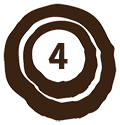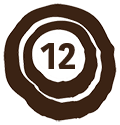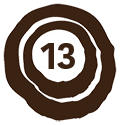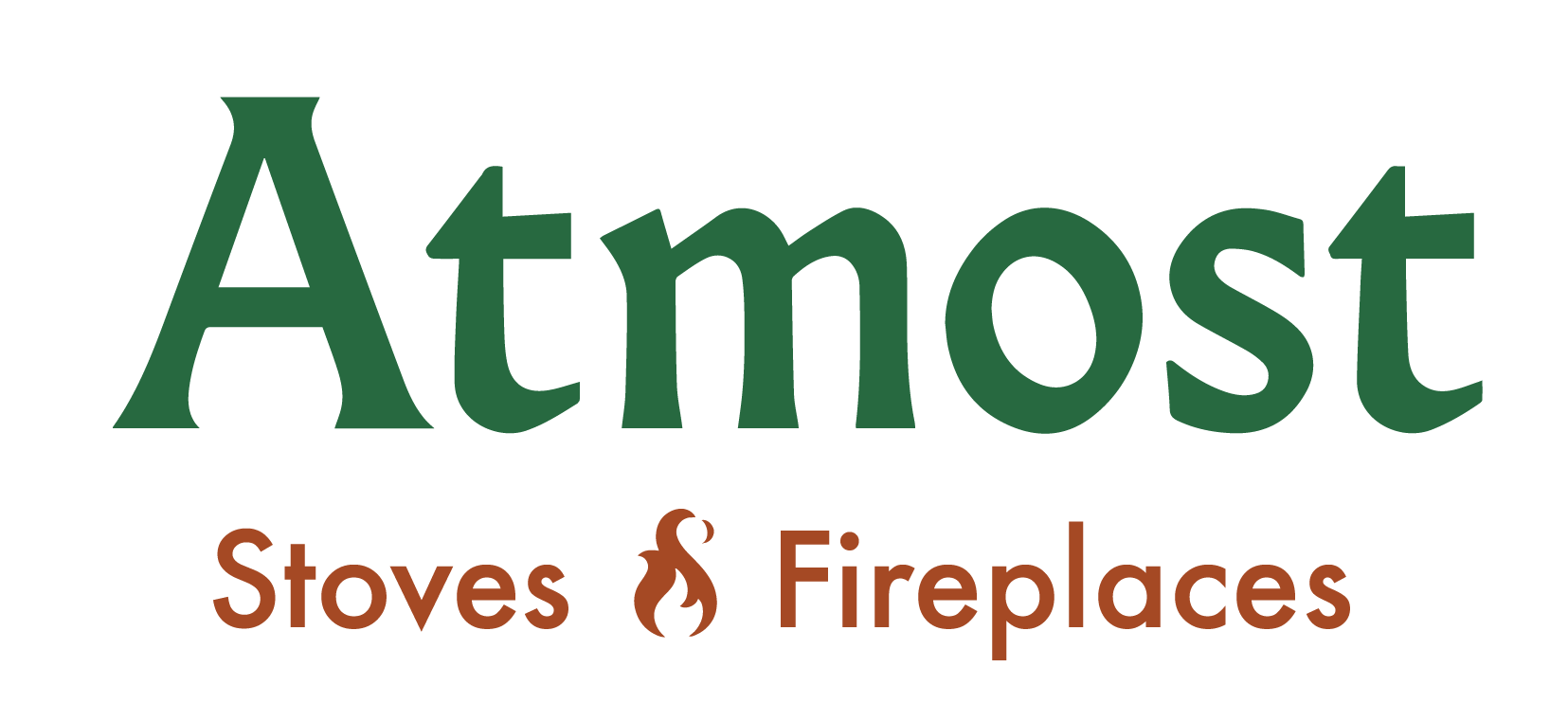
Why should I sweep my fireplace chimney?
Burning wood, especially when it isn’t dried sufficiently, leaves dangerous deposits in your fireplace chimney which reduce the efficiency and could potentially cause a chimney fire! Therefore it is important to remove these deposits.

We find it difficult to get our fire going. What could the problem be?
A fire not lighting properly could be due to many things such as using unseasoned wood, a dirty chimney, not preparing the fire well or an insufficient draft. It is important to use lots of small, dry kindling and have lots of air to feed the fire. There are some differences whether you are using an open fireplace or a closed stove or fireplace. Open fireplaces tend to draw a lot of heat up the chimney and are more likely to let smoke out into the room due to their design so it is important to use a lot of thin pieces of wood when lighting the fire and also if you need to build it up again once it dies down. If using a closed fireplace or stove, you will need to regulate the primary and secondary air intake and might also want to keep the door slightly open to get enough air into the fire until the fireplace and chimney heat up enough.
With any type of fireplace, we prefer to use the top down (upside down) method but you can also use the more traditional bottom up method. This video shows an easy way to light your stove or fireplace using the top down method.

What is the difference between a pellet stove and a log burning stove?
A pellet stove or fireplace is an automatic stove which runs on 6mm wood pellets, can be set to switch on and off at preset times and there is an integrated storage tank for the pellets which automatically feeds the fire. Most pellet stoves or fireplaces also have a fan to distribute the hot air more evenly. A log burning stove or fireplace runs on solid fuel such as logs and briquettes which needs to be manually fed and usually heats by radiation.

Which is better? A log burning fireplace or a pellet stove?
This depends on the site and your preference. Overall, a log burning stove or fireplace gives you a more traditional atmosphere compared to a pellet stove. Some people prefer the convenience of a pellet stove which needs to be filled much less often than a log fireplace or stove. A pellet stove can also distribute the heat better than a log burning fireplace since it uses a fan.

What is the difference between a traditional open fireplaces and a modern fireplace Insert?
A traditional open fireplace is very inefficient as a large percentage of the heat is lost out of the chimney whereas a modern closed fireplace insert is designed with a glass door, baffle plates and insulation which all help to retain as much heat as possible in the fireplace, making it more efficient and therefore reduces firewood consumption and is also better for the environment.

Do all wood burning fireplaces or pellet stoves require a chimney?
Yes currently there is no tried and tested technology for chimneyless wood burning stoves and fireplaces.

What is a convection stove?
New fireplace designs are making use of convection to transfer the heat from the stove into the room to better spread the heat around the room.

Do pellet stoves need their chimneys cleaned?
Yes a pellet stove needs its chimney cleaned at least once every 2 years. It is also important to maintain and service the stove. We usually recommend servicing the stove at least once every 2 years.

How often should my stove or fireplace chimney be cleaned?
Although ideally your fireplace chimney should be cleaned every year, in many cases it can be done less often. This depends on a number of factors. Once we have cleaned it for the first time we will be able to guide you.

Can the Morso living range products such as the cast iron dishes be used in a conventional oven?
Yes they can be used in any type of oven and also on induction, ceramic, electric and radiant hobs and are also ideal for serving hot food. Products with a wooden handle should not be used in an oven.

My chimney is not drawing very well and smoke is entering the room. What could the reason be?
Some of the reasons for this could be a dirty chimney, an obstruction such as a bird’s nest or a draft problem in the house. We will be able to better determine the problem by visiting and sweeping/ inspecting the stove or fireplace, chimney and flue.

How do we go about installing a stove or fireplace from Atmost?
We have a number of models on display and a working pellet stove model in our showroom which we can demonstrate for you. We will guide you to choose the best stove or fireplace for your needs and quote you for the job after a free on site consultation. The chimney and installation is a vital part of your fireplace and we put a lot of effort in offering the best workmanship possible. Therefore, we carry out the installations of our stoves and fireplaces ourselves, using all the necessary equipment such as diamond coring tools to make the holes for the chimney and we ensure to leave your home clean.

Why do gas stoves and fireplaces need a chimney?
Burnt gas releases water vapour and carbon monoxide. Carbon monoxide is a colorless, odorless deadly gas. Because you can’t see, taste, or smell it, carbon monoxide can kill you before you know it’s there. Therefore it is safest to have a gas stove with a chimney to vent the gasses outside.

Are gas fireplaces cleaner than wood burning or pellet stoves?
Gas stoves and fireplaces are closed systems with relatively zero maintenance or attention needed and they also emit less pollutants and soot.

How should I maintain my stove or fireplace once I have stopped using it for the winter?
Here are some tips:
Wood burning stoves and fireplaces:
- Clean out the burning chamber well. Use a soft brush to clean the insulation panels and baffle plates so as not to damage them.
- Leave the air supply open when you are not using the stove or fireplace so that air can circulate in the stove and chimney to prevent moisture building up in the unit.
- If your chimney has a Tee, the inspection cap can be opened to remove any creosote and/or condensation that might have collected there.
- If there are signs of rust on the cast iron or steel parts inside the stove burning chamber you could scrape the area lightly with a wire brush, if necessary, and spray some light maintenance oil. If you do this, it is important not to damage any other parts in the fireplace such as insulation panels, glass, sealing rope etc.
- Remember, it is important to sweep your chimney regularly. The frequency depends mainly on the quality and quantity of the wood you burn.
Pellet stoves and fireplaces:
- When using the stove for the last time in the season it is best to let the stove run until the hopper empties. The stove will switch off when it runs out of pellets. This prevents the pellets in the hopper from absorbing humidity from the air over the summer period.
- Clean out the burning chamber well. Use a soft brush to clean the insulation panels and baffle plates so as not to damage them.
- The inspection cap on the tee should be opened at least once a year to remove any creosote and/or condensation that might have collected there.
- The stove and chimney should be serviced at least once every 2 years.
- We recommend to take the batteries out of the remote
